David Caon: from classic car worship to Dreamliner design
The Executive Profile: David Caon's passion for iconic automotive design helped his career take off as a star industrial designer.
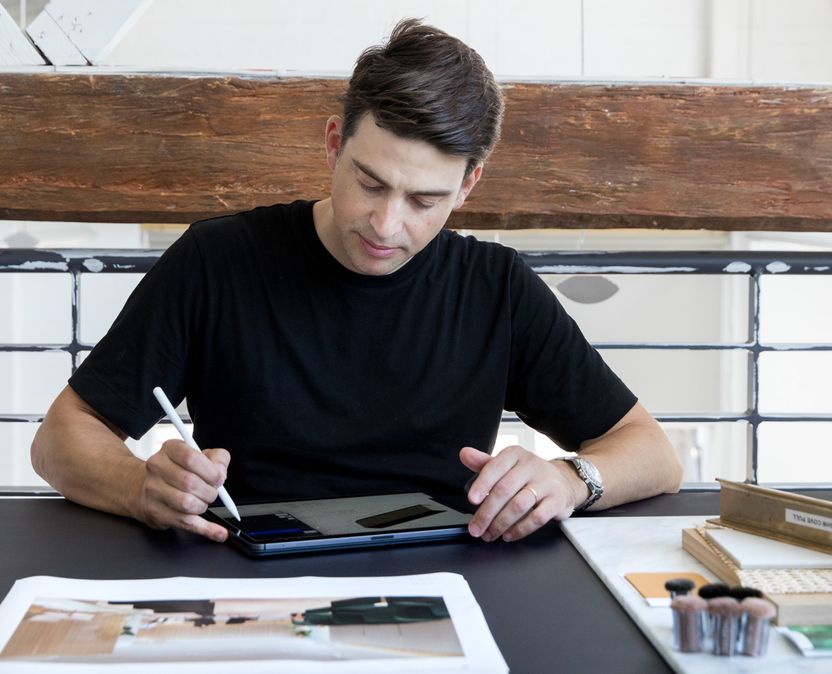
David Caon is one of the biggest names in Australian product and interior design, often mentioned in the same breath as his former employer, Marc Newson.
From an Adelaide childhood spent sketching his favourite Italian cars, one might expect Caon to have grasped the wheel, mashed the accelerator and torn a straight line through local, then international study of industrial design.
That’s almost what happened until Caon decided to let life – adventure, unpredictability, Italy – take the wheel. And, Caon suspects, teach him more than any institution might have done.
Italian inspirations
The 42-year-old designer’s Instagram account (@caon__) is instructive: among crisp depictions of products and esoteric images of natural textures, are sprinkled poster pics of Italian “show car” concepts from the 1960s and ’70s.
The tight and muscular, or poetic and voluptuous forms crafted by coachbuilders such as Pininfarina, Giugiaro and Bertone embody for Caon the mix of art and excitement that helps distinguish great design.
Caon’s parents, both of north-eastern Italian lineage, operated restaurants in Adelaide, including having founded the enduring Rigoni’s. A waiter there owned an Alfa Romeo 105-series coupe (a Bertone design, produced from 1963 to ’77) which, though tatty and already two decades old, got under the teenager’s skin. Caon today owns a restored 1972 example of the same model.
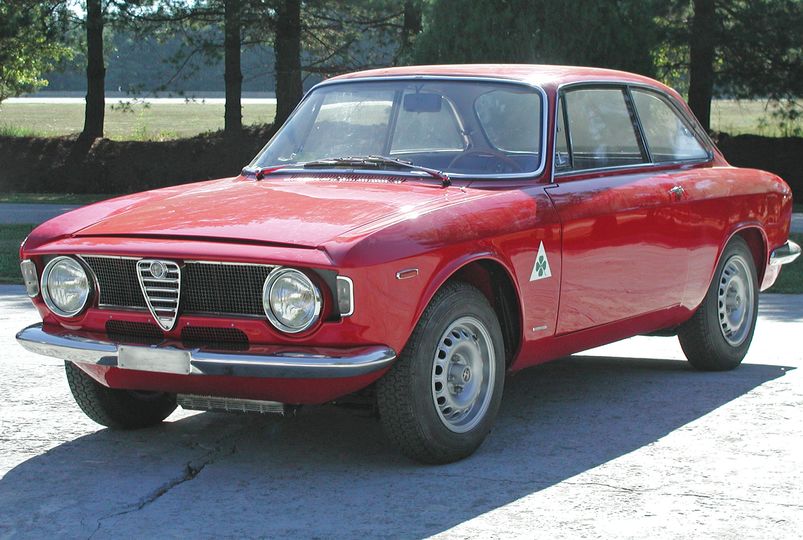
Planes and automobiles
“I was always a big fan of cars, always a big fan of planes,” he says. “They’re something that’s supposed to move you really quickly. And I guess they were reaching for the future, back then. I could get just as lost in the interiors, imagining what all the buttons were for.”
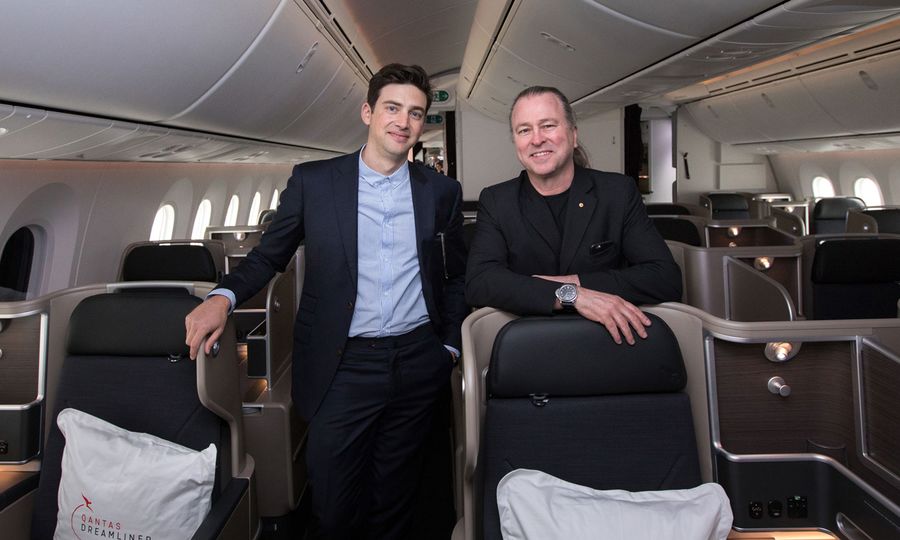
It set Caon on the long road to what has probably been his headline assignment thus far, the 2017-launched design of Qantas' Boeing 787-9 Dreamliner cabins – down to the lightweight yet luxurious Noritake crockery, cutlery and glassware.
“It’s like 12 projects wrapped into one,” he says. “The cutlery, crockery, soft products, the seats, the materials, designing laminates … it’s so multifaceted and that’s really what I love about industrial design.”
Looking back to look forward
Caon studied industrial design at the University of South Australia after a brief and uninspired dabble in economics (“Bad news, Dad, I’m not going to be a stockbroker”). While being taught how to design what comes next, Caon yearned to know more of what had come before.
“You do a lot of these projects that seem to be about invention, but that’s not entirely what [designers] do. The chances are that somebody has done an element of it before. I just think the education could be more rounded, with more knowing about who’s trod the path before you, what’s significant about their work."
“One memory from university that sticks out is when our lecturer showed us the Marc Newson documentary [By Design: The Dramatic Rise of Marc Newson, 1998], from when Marc was at the beginning of his career. That was really inspiring. I thought, ‘There’s a cool guy – I’d like to work for him one day…’”
Sent to Coventry
In 2000, Caon had enrolled for automotive and transport design at Coventry University, in the heartland of the British motor industry. Bilingual from having grown up in “a very Italian environment”, Caon decided on a detour to Italy.
That three-month sojourn would spoil Caon’s taste for pork pies, Burton ale and the British midlands.
“I lasted three or four weeks [in Coventry],” he says. “I did some initial classes and I felt they were trying to teach us how to all be the same … There was nothing much in the curriculum about history or general design. I just thought it was very limiting. If they’re trying to tell me how to draw, then they’re not teaching me necessarily how to think."
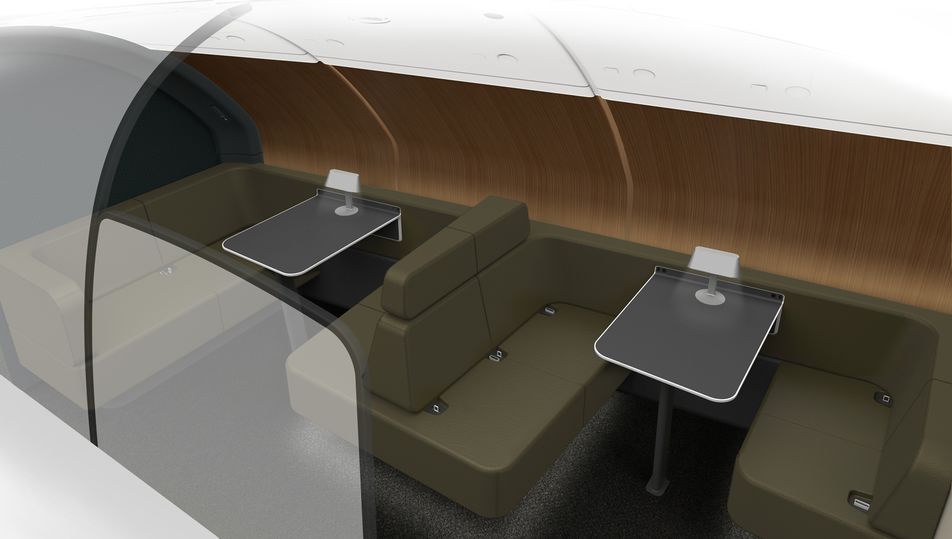
“Also, a pillar of my practice is that I want to design one of everything. My reasoning was, if I go back to Milan, get into the design scene, I can still probably design a car at some point in the future – and I will have done furniture, materials, aerospace, all kinds of stuff.”
With no job, but a cousin in Milan, Caon returned there, intending to stay for a year. He soon landed in the studio of George Sowden, a co-founder of the influential Memphis Group in the early-1980s. During almost three years with Sowden, Caon enjoyed the Milanese social swirl with other designers, striking up a particular friendship with Berlin-born design provocateur, Jerszy Seymour.
“I think he’s closer to being an artist than a designer,” Caon says of Seymour. “He’s a really deep thinker. I learned a lot from him.
“The line between artist and designer can be really blurry. Design is really about solving a problem … If you can solve it artistically, make it interesting and something that people desire – then you’re doing your job. Some projects might be more art, others more pragmatism. It’s a great career if you can operate along that scale freely.”
Cleared for take-off
In the winter of 2003, Caon went snowboarding in Domodossola, northern Italy, with a group of designer friends. Among them was Marc Newson, already very much a design star and then newly engaged with Qantas in developing the Skybed business class seat. It would turn out to be an auspicious weekend for Caon (who, incidentally, remains an enthusiastic snowboarder).
“A few months later, I stopped working for George [Sowden] – basically, he fired me for partying too hard,” Caon laughs. “I just emailed Marc and I said, ‘I’m at a loose end, do you need anyone?’ And he said ‘sure, come and work here’.”
Caon moved (a little begrudgingly) from his beloved Milan to Newson’s Paris studio. He also left behind the partying, quickly becoming immersed in heavily commercial projects. Not least was the five-year assignment to design Qantas’ A380 and associated airport lounge interiors.
“He’s the designer I’ve worked with the longest, for sure, and I learned from him, creatively and process-wise,” says Caon of Newson. “He knows very much what he wants to do.”
Design inspiration
Caon cites no single design hero, though the “four or five that are really important to me” include Braun designer Dieter Rams (sometimes hailed as the father of modern design), architect Oscar Niemeyer, and Achille Castiglioni and Joe Colombo, both Italian furniture and interior designers.
In 2008, Caon made a “conscious decision” to move back to Australia, settling in Sydney and founding the Caon Design Office in 2009. It was a slow start. “For a big part of its life, Caon Design Office was an interior design and architectural studio … The industrial design profession is very, very difficult in this country. We just don’t manufacture as much stuff, and brands are usually based somewhere else. It’s only been in the last three or four years that we’ve been able to transition back into industrial design.”
Right now, Caon and his full-time staff (including wife and studio manager, Jeramie Hotz) are gratefully flat-out with projects for their long-running collaboration with Qantas, a pipeline of products in the technology sector and creating new product lines under Caon’s own brand.
There’s also talk of a new collaboration with another Sydney studio to be announced later this year – but it’s clear that Caon’s ambition to operate an international design agency from his home country is being realised.
Business and pleasure mean that Caon spends plenty of time on aeroplanes. His favourite destinations are (naturally) Italy – where he, Jeramie and their infant son Bobby August visit at least once a year – and Tokyo. “The energy there is incredible and it’s always cranking.”
Still thinking about cars
While Caon is endlessly charmed by his 1972 Alfa Romeo (and baffled: “there’s a thing under the steering wheel, I still don’t know what it does”), his eyes are on the future of automotive design.
“I think electric cars are going to unlock so much design potential, it’s not funny,” he smiles. “The future of transport is, to me, one of the most interesting things, going forward … Personal transport, mass transport, commercial transport. As technology shrinks, I can imagine that the design will be more about the shape or form."
“I’d love one day to be able to just buy the technical componentry that I need to power a vehicle and then just design it. I can see us going back to the days of coachbuilding, where you get a body individually made – or 3D printed."
“You know, I actually deferred Coventry University. I could probably go back now.”
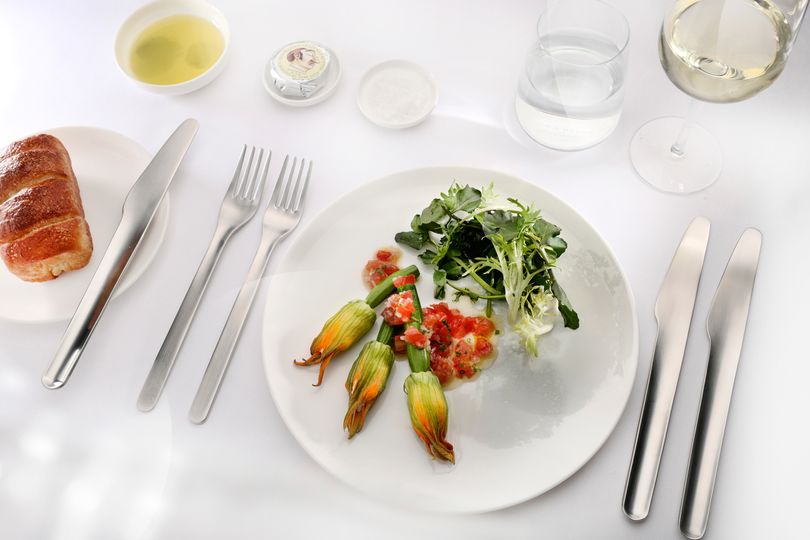
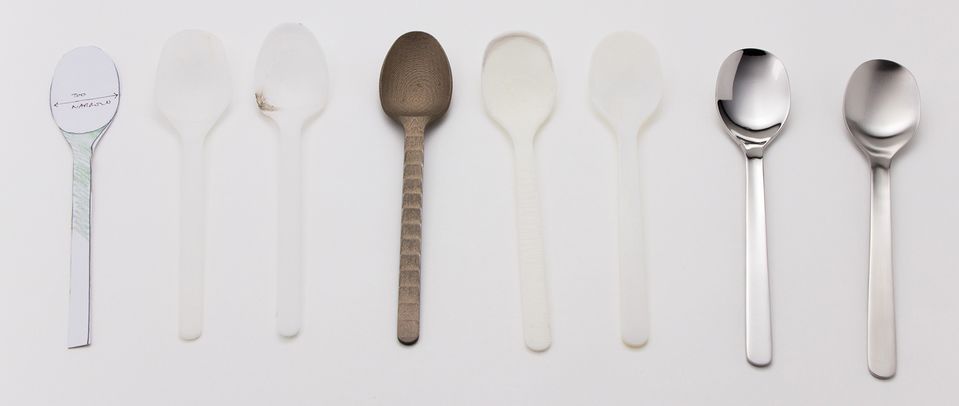
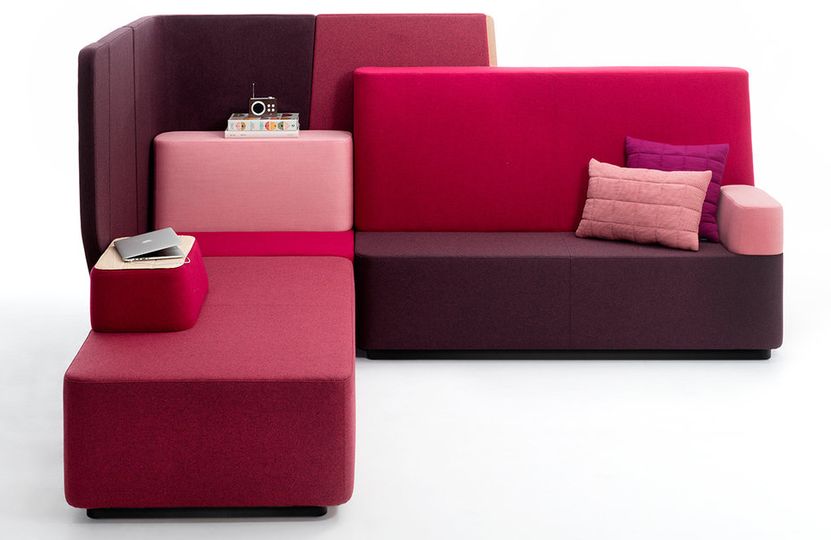
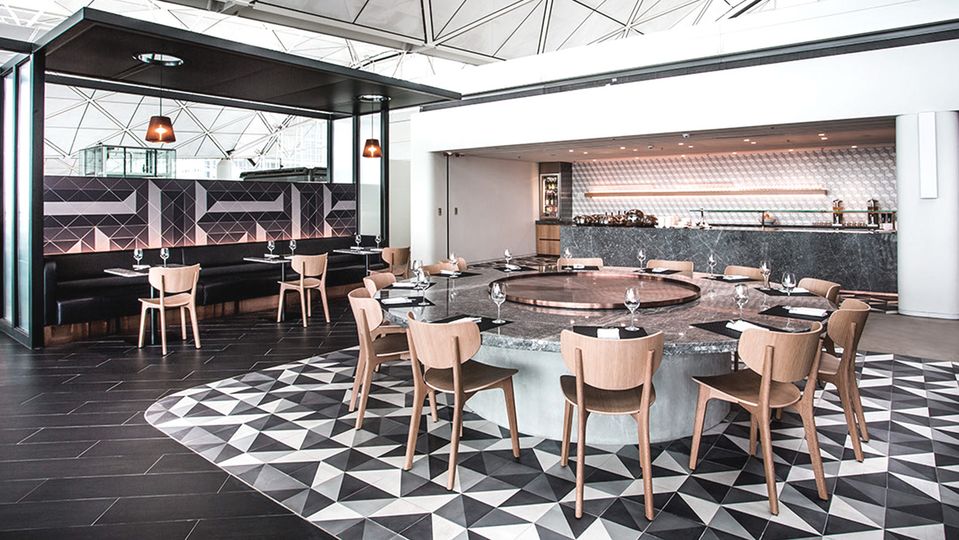

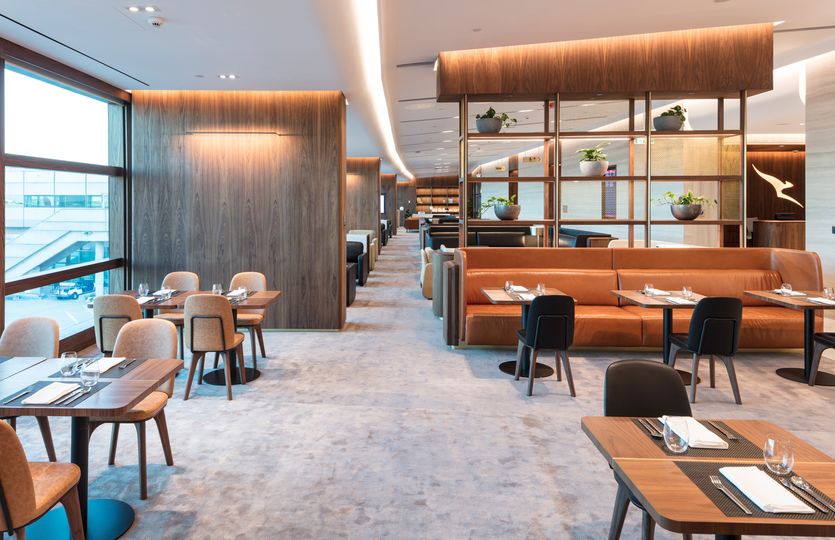

Hi Guest, join in the discussion on David Caon: from classic car worship to Dreamliner design